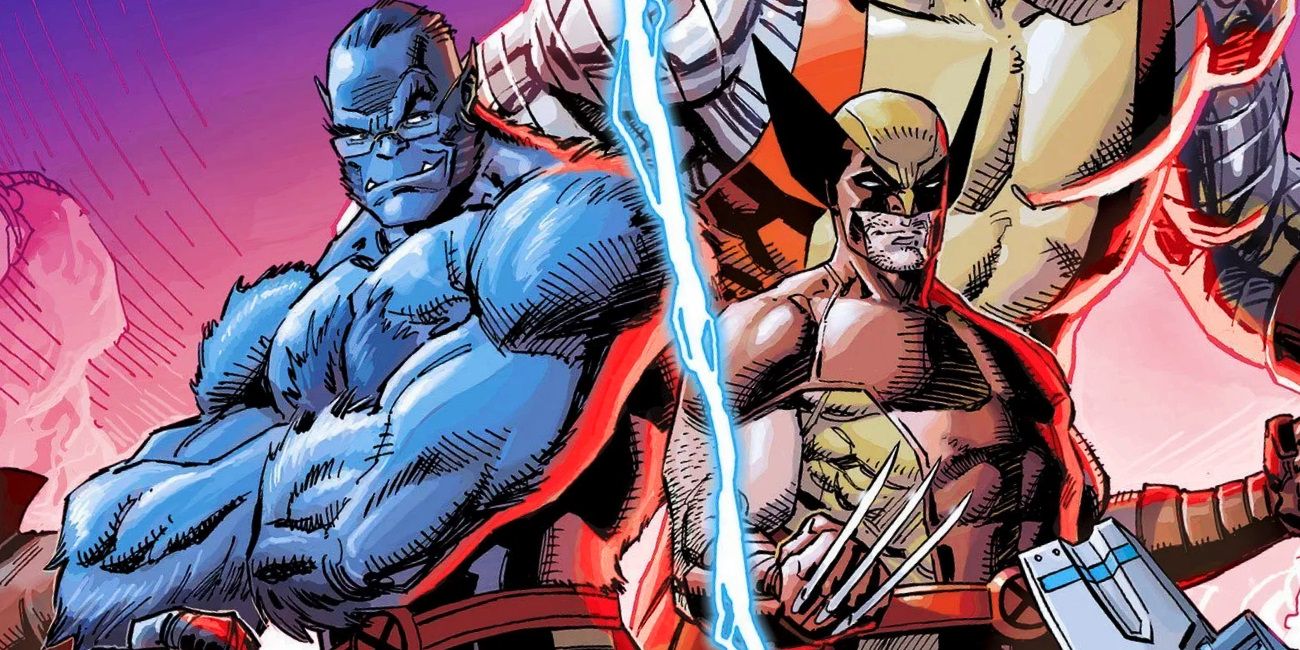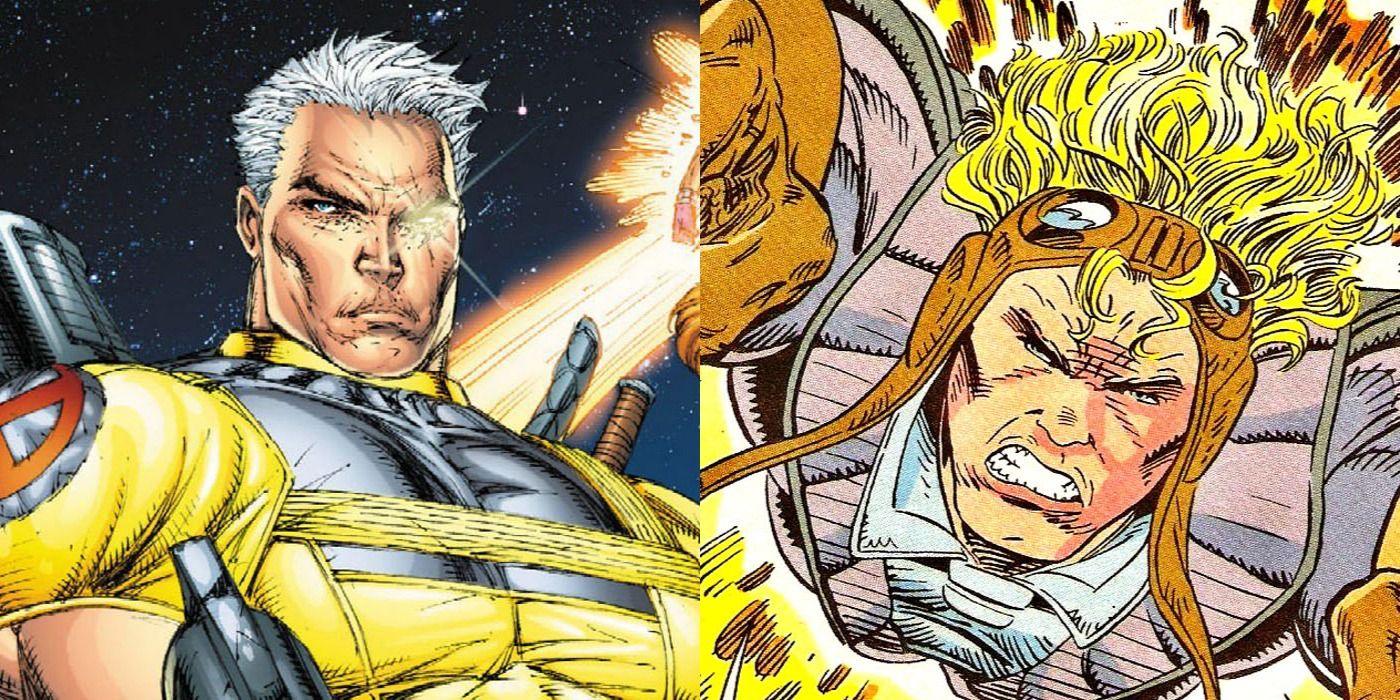

We know Cable is the leader and that Domino and Deadpool are in the affiliation.

The Dark Angel saga follows shortly after and is also OK.Īt this point a lot about the X-Force affiliation is assumption and guesswork. 1), which sees the team attempting to take out Apocalypse before he can become a threat, only to be faced with a moral challenge they weren’t expecting. The best story from this group is probably The Apocalypse Solution (collected in Uncanny X-Force, Vol.
X FORCE TEAM SERIES
The formative run of that series – including the big confrontation with Stryfe – runs up through issue 15, which then kicked off the X-Cutioner’s Song crossover event that ran in X-Force issues 16-19 as well as X-Men, Uncanny X-Men, and X-Factor. Liefeld’s introduction of Cable happens in issue #87, so you can also start there and read through the first issue of X-Force if you want the abridged version.

They’ve changed rosters many times, though Cable and Domino are the big mainstays and Deadpool was on the team for a while there. Over that time they’ve served as a more covert, tactical force dedicated to taking out threats to mutantkind. The X-Force have changed dramatically over the last 30 years, rotating rosters and function and flirting with cancellation on more than one occasion. This wasn’t something that was really planned at the outset – Liefeld always insisted Cable was a time traveler from the future but had originally intended for his nemesis, Stryfe, to be Cable but from a different point in his timeline, but ended up becoming the character’s backstory after Liefeld and several other prominent X-series creators left to form Image Comics in the early 90s. Sinister) from a bleak future where Apocalypse rules and is fought by the Askani tribe, who raised Cable to be their champion after he was infected with a techno-organic virus as an infant and sent to the future by Scott and Jean. They were led by Cable, who was later revealed to be the son of Cyclops and Madelyne Pryor (a clone of Jean Grey created by Mr. The initial team was a stark, more militant contrast to Professor Xavier’s X-Men, consisting of Boom-Boom, Cannonball, Domino, Feral, Shatterstar, Warpath, and Siryn. Still under the helm of Liefeld for plotting and pencils, Fabian Nicieza was brought on board to write dialogue that would make Rob’s plots make sense. In 1991 the New Mutants’ series ended with issue 100 and they were folded into a new series/team, X-Force.

Liefeld introduced a mysterious new mentor to the series, Cable, a stern, time-traveling cyborg, as well as several other hard-edged characters, including Domino, Shatterstar, and Warpath. In 1989 sales for the series were slumping but sharply improved when Liefeld took over on pencils and eventually was handed the plotting reigns as well, forcing then-writer Louise Simonson out. The series was originally written by Chris Claremont and illustrated by Bob McLeod, but both creators would eventually leave the series about halfway into its 100-issue run. In the late 80’s, illustrator Rob Liefeld took over penciling duties on Marvel’s New Mutants series.


 0 kommentar(er)
0 kommentar(er)
